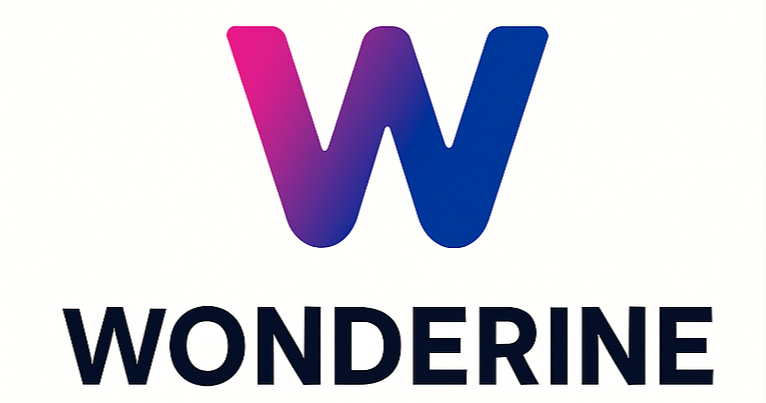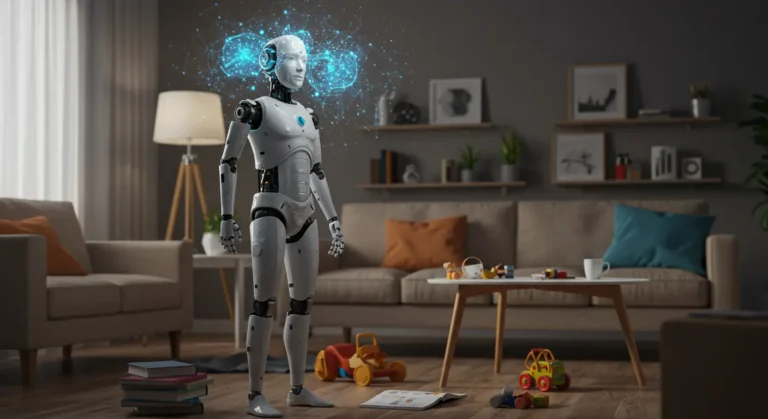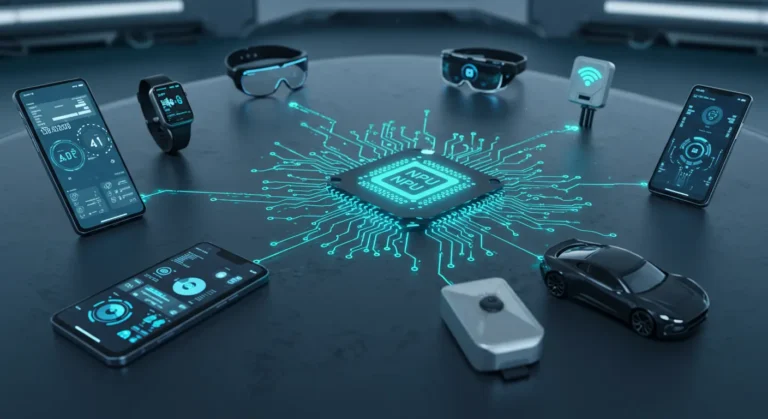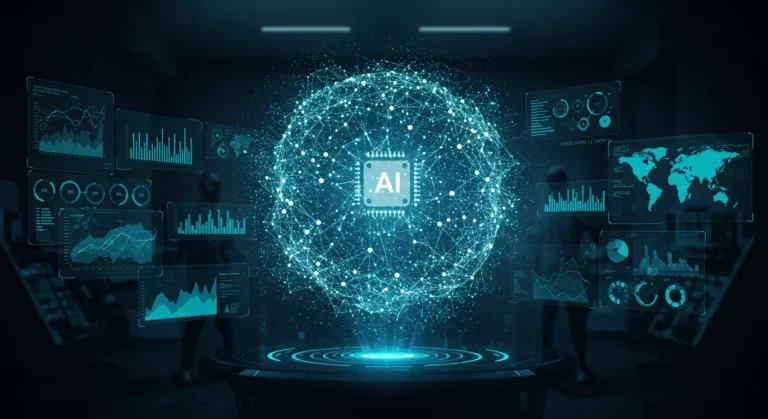
AI agents are no longer just solo performers—they’re starting to collaborate like teams of digital employees. Welcome to the era of multi-agent systems, where artificial intelligence doesn’t just automate tasks but orchestrates them in real-time coordination with other AIs.
Big names like Salesforce, IBM, and Google are already building frameworks that allow AI agents to communicate, negotiate, and make decisions together. The impact? Faster operations, smarter automation, and entirely new ways of working.
What Are Multi-Agent AI Systems, and Why Are They Surging Now?
A multi-agent system (MAS) is an environment where several AI agents interact to solve problems or achieve goals that would be too complex for a single agent. Unlike the traditional linear automation models, MAS allows for distributed intelligence—similar to how humans work in departments or teams.
The recent surge in interest comes down to three key drivers:
- Massive improvements in LLM capabilities (e.g. GPT-4, Claude, Gemini)
- Advances in orchestration tools like LangChain, CrewAI, and Autogen
- Enterprise adoption from firms needing scalable, intelligent automation
Just like cloud computing transformed infrastructure, multi-agent AI is transforming how work itself is structured.
From Labs to Boardrooms — Who’s Already Using This?
Several major companies have moved past experimentation and into real-world deployment:
🔹 Salesforce
Salesforce is leveraging agent-based AI to guide employee career growth. Its internal platform analyzes each worker’s goals, skills, and activity, then uses AI agents to recommend training, projects, and internal job matches. This has boosted internal mobility and improved retention—key KPIs in a competitive job market.
🔹 IBM
In May 2025, IBM unveiled a platform allowing companies to build their own multi-agent systems in minutes, integrating both in-house and third-party models like Meta’s Llama or Mistral AI. IBM’s CEO says this approach “turns AI from a tool into an ecosystem.”
🔹 Google (via DeepMind & A2A Protocol)
Google is developing an Agent-to-Agent (A2A) protocol, akin to HTTP for intelligent systems. It sets the stage for agents across different organizations—or even platforms—to safely collaborate. This could be the backbone of a future “internet of AI workers.”
How Does This Change Business as Usual?
The shift toward collaborative AI isn’t a niche experiment—it’s a foundational change in how businesses will operate.
Benefits:
- Distributed problem-solving = faster outcomes
- Scalability without hiring more human labor
- Smarter decision-making via autonomous data synthesis
- Cross-system compatibility with A2A or open-agent protocols
For example, a customer support workflow might now look like:
- Agent 1 pulls the customer history
- Agent 2 detects sentiment in recent emails
- Agent 3 drafts a proactive outreach message
- Agent 4 handles CRM updates and logs analytics
Risks and Roadblocks
While promising, multi-agent AI systems raise challenges:
- Security: How do you prevent agents from leaking sensitive data?
- Over-automation: When do humans step back in?
- Coordination complexity: More agents = more testing and debugging
That’s why many businesses opt for human-in-the-loop AI orchestration.
What Should You Do Now?
If you’re a business owner, manager, or tech lead, here’s how to prepare:
- Learn the tools: LangChain, CrewAI, AutoGen
- Audit workflows: Spot repetitive, logic-driven tasks
- Experiment safely: Test in a sandbox
- Upskill teams: Encourage AI fluency across roles
The early adopters in 2025 won’t just use AI—they’ll orchestrate it like a team of digital specialists.
FAQs
❓What’s the difference between single-agent and multi-agent AI?
Single-agent systems work alone. Multi-agent systems collaborate in real time to solve complex tasks.
❓Is this only for big tech companies?
No. Open-source tools make this accessible to startups and SMEs too.
❓Will this replace jobs?
Not directly. But it will shift the focus of human roles toward strategy, oversight, and creativity.
🚀 Start Building Your AI Team Today
Don’t wait for the future of work—it’s already here. Whether you’re an entrepreneur, a CTO, or just AI-curious, explore how multi-agent systems can unlock productivity in your business.
👉 Subscribe to Wonderine for weekly trend reports and actionable AI insights tailored to forward-thinkers like you.




